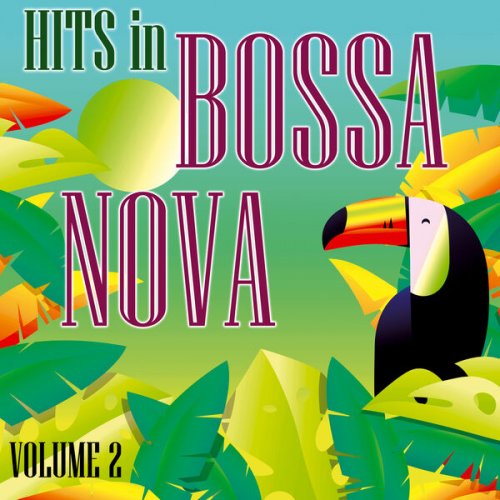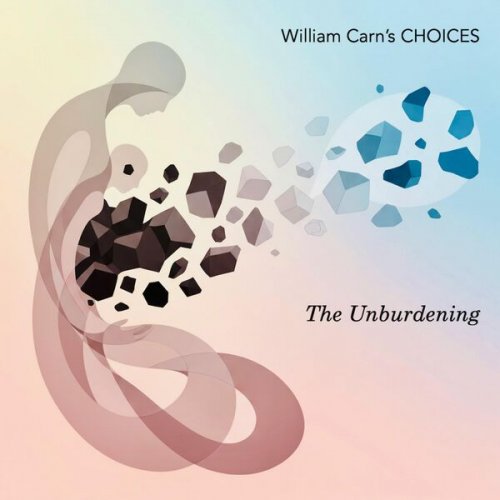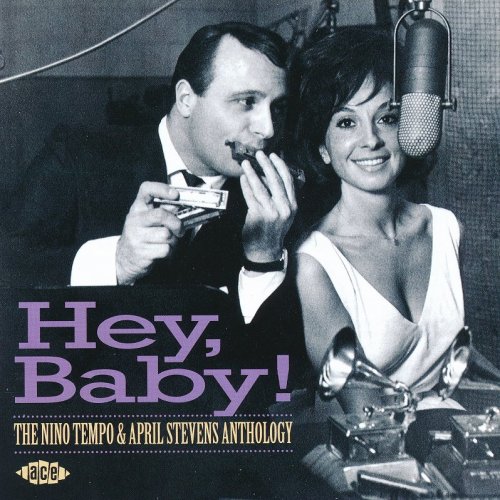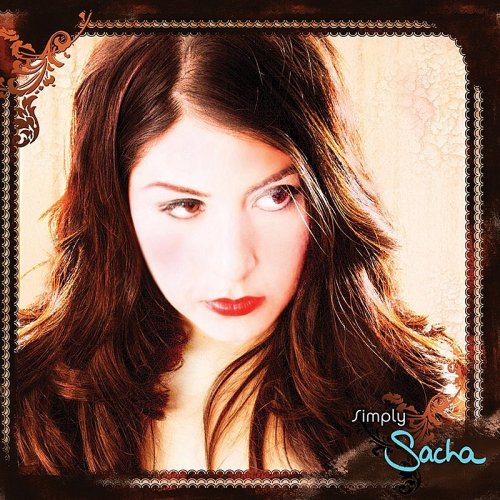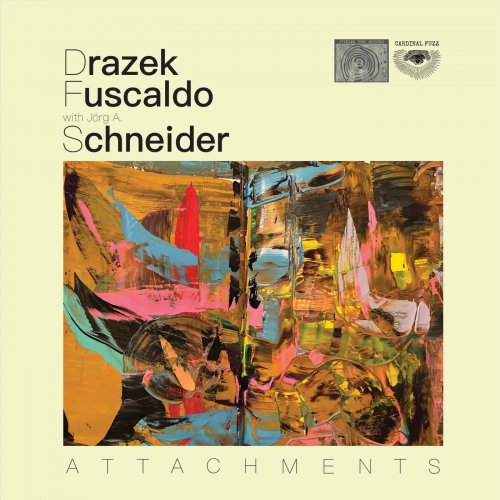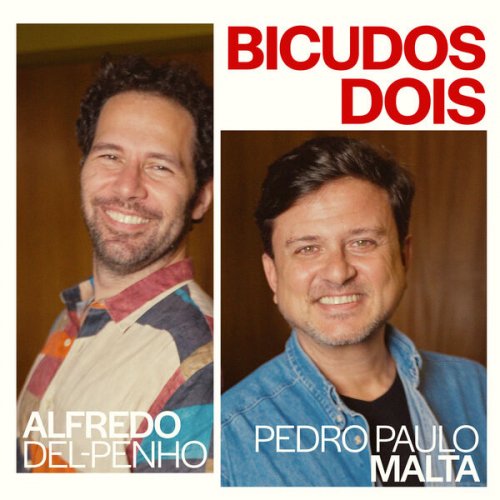Stefan Hussong, Mayumi Miyata - Toshio Hosokawa, Gagaku: Deep Silence (2004)

Artist: Stefan Hussong, Mayumi Miyata
Title: Toshio Hosokawa, Gagaku: Deep Silence
Year Of Release: 2004
Label: WERGO
Genre: Classical
Quality: FLAC (image+.cue,log,scans)
Total Time: 01:16:34
Total Size: 499 Mb
WebSite: Album Preview
Tracklist: Title: Toshio Hosokawa, Gagaku: Deep Silence
Year Of Release: 2004
Label: WERGO
Genre: Classical
Quality: FLAC (image+.cue,log,scans)
Total Time: 01:16:34
Total Size: 499 Mb
WebSite: Album Preview
1. Banshikichō No Chōshi (For Accordion And Shō) 8:48
2. Cloudscapes - Moon Night (For Shō And Accordion) (1998) 12:23
3. Ōshikichō No Chōshi (For Shō Solo) 12:39
4. Sen V (For Accordion) (1991-92) 12:55
5. Hyōjō No Chōshi (For Accordion Solo) 11:20
6. Wie Ein Atmen Im Lichte (For Shō Solo) (2002) 8:10
7. Ichikotsuchō No Chōshi (For Accordion And Shō) 10:19
Performers:
Accordion – Stefan Hussong
Sho [Shō] – Mayumi Miyata
DEEP SILENCE is a most apropos title for this collection of works by Toshio Hosokawa as well as traditional Japanese music. The compositions are for accordion (Stefan Hussong) and sh'o (Mayumi Miyata), both individually and in duet. The sound produced here is one of ethereal beauty, more of a continuous flow of tone than a moveable line, but that is what makes is such perfect music for meditation.
While the accordion is well known as an instrument in just about every country and culture (and the accordionist here, Stefan Husson, is widely recording in many different styles of music), the sho' is a fascinating and little known instrument. According to the dictionary "The sh'o is a Japanese free reed musical instrument that was introduced from China during the Nara period (AD 710 to 794). It is modeled on the Chinese sheng, although the sh'o tends to be smaller in size. It consists of 17 slender bamboo pipes, each of which is fitted in its base with a metal free reed. Two of the pipes are silent, although research suggests that they were used in some music during the Heian period. The instrument's sound is said to imitate the call of a phoenix, and it is for this reason that the two silent pipes of the sho' are kept - as an aesthetic element, making two symmetrical "wings." Like the Chinese sheng, the pipes are tuned carefully with a drop of wax. As moisture collected in the sh'o's pipes prevents it from sounding, performers can be seen warming the instrument over a small charcoal brazier when they are not playing. The instrument produces sound when the player's breath is inhaled or exhaled, allowing long periods of uninterrupted play. The sho' is one of the three primary woodwind instruments used in gagaku, Japan's imperial court music. Its traditional playing technique in gagaku involves the use of tone clusters called aitak, which move gradually from one to the other, providing accompaniment to the melody."
Mayumi Miyata is famous as a sho' artist and has performed not only in recitals but also as soloist with many of the major symphony orchestras of the world. Here she joins with Stefan Hussong in three works and is plays two works for solo sh'o, Hussong performing two works for accordion alone. The quality of sound produced is seamless and floating, seemingly surrounding the listener with otherworldly intonations. This is an extraordinary work too include in the library, a work that commands respect and offers a completely different timbre to those sounds we know. It is transporting.
While the accordion is well known as an instrument in just about every country and culture (and the accordionist here, Stefan Husson, is widely recording in many different styles of music), the sho' is a fascinating and little known instrument. According to the dictionary "The sh'o is a Japanese free reed musical instrument that was introduced from China during the Nara period (AD 710 to 794). It is modeled on the Chinese sheng, although the sh'o tends to be smaller in size. It consists of 17 slender bamboo pipes, each of which is fitted in its base with a metal free reed. Two of the pipes are silent, although research suggests that they were used in some music during the Heian period. The instrument's sound is said to imitate the call of a phoenix, and it is for this reason that the two silent pipes of the sho' are kept - as an aesthetic element, making two symmetrical "wings." Like the Chinese sheng, the pipes are tuned carefully with a drop of wax. As moisture collected in the sh'o's pipes prevents it from sounding, performers can be seen warming the instrument over a small charcoal brazier when they are not playing. The instrument produces sound when the player's breath is inhaled or exhaled, allowing long periods of uninterrupted play. The sho' is one of the three primary woodwind instruments used in gagaku, Japan's imperial court music. Its traditional playing technique in gagaku involves the use of tone clusters called aitak, which move gradually from one to the other, providing accompaniment to the melody."
Mayumi Miyata is famous as a sho' artist and has performed not only in recitals but also as soloist with many of the major symphony orchestras of the world. Here she joins with Stefan Hussong in three works and is plays two works for solo sh'o, Hussong performing two works for accordion alone. The quality of sound produced is seamless and floating, seemingly surrounding the listener with otherworldly intonations. This is an extraordinary work too include in the library, a work that commands respect and offers a completely different timbre to those sounds we know. It is transporting.

![Clifton Chenier - The King of Zydeco (Live) (1981) [Hi-Res] Clifton Chenier - The King of Zydeco (Live) (1981) [Hi-Res]](https://img.israbox.com/img/2025-12/20/xjfs68k4k2e6nw8a1vz89ft6c.jpg)
